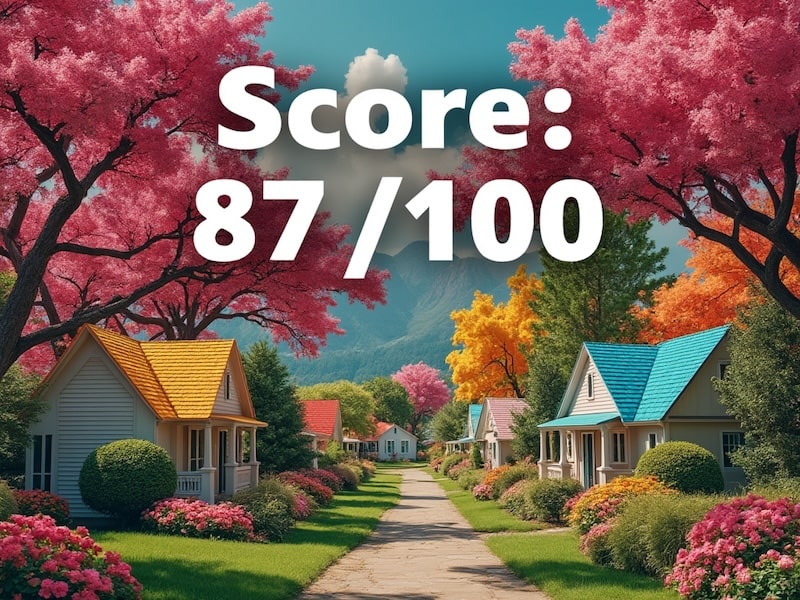Life is full of choices, and every choice means favoring one option over the others. These decisions are rarely simple because one option is seldom superior in every dimension. One might be more affordable, another more durable, while a third option offers superior aesthetics.
In many romantic comedies, a character caught in a love triangle often resorts to making a list of pros and cons. The idea is to choose the person with the most “pros.” Of course, this approach is simplistic because, without assigning weight (importance) to each factor, such a list lacks true value.

Selecting the right neighborhood presents a similar challenge, with various factors at play: affordability, safety, school quality, environmental and natural risks, walkability, and compatibility with cultural and political preferences. For most people, an area that excels in all these dimensions is likely to be far beyond their budget.
At Maptimum, our neighborhood reports are the most comprehensive on the market, including any piece of information that could influence a homebuyer’s decision. However, we recognize that too much information can be overwhelming and lead to decision paralysis. To solve this, we created an all-encompassing index—the Desirability Score—which distills all of an area’s features into a single number to help simplify your decision-making process.
How the Desirability Score Works
The concept behind the Desirability Score is straightforward. Consider the key features of a neighborhood:
- Crime
- Safe roads
- Nearby Registered sex offenders
- School performance
- Owner-occupancy rates
- Air Quality
- Risk of earthquakes or floods
- The mix of nature and development (e.g., parks, water bodies, urban planning)
- Walkability
- And many other variables.
For each feature, we define three components: the best value, the worst value, and the weight (importance) of that feature. For instance, in the case of the property crime index, the ideal value is 0, the worst is 400, and the weight is 80/100.
Each neighborhood feature falls somewhere between the best and worst possible values. Based on this, we assign a score between 0 and 100 for that specific feature. A weighted average of these individual scores is then calculated to produce the overall Desirability Score.
Extensive research went into the weighting system, ensuring that the weights reflect the preferences of the typical American homebuyer.
A “perfect” neighborhood, with ideal values for all features, scores 100. Other areas receive scores between 0 and 100, based on how closely they align with the ideal.
Currently, our Desirability Score incorporates twenty different features, and as we expand our reports with new variables, they too will be integrated into the calculation.
A Sophisticated Algorithm
While the basic calculation sounds simple, the underlying algorithm is more sophisticated. We’ve built in nonlinearity to reflect real-world preferences. For example, moving a feature from “average” to “good” adds more points than going from “good” to “very good,” acknowledging that improvements in certain areas provide greater value.
It’s important to note that the Desirability Score focuses on the quality of an area—it doesn’t factor in housing costs. For insights on value, we offer the Bang for the Buck score, which we will cover in a future post.